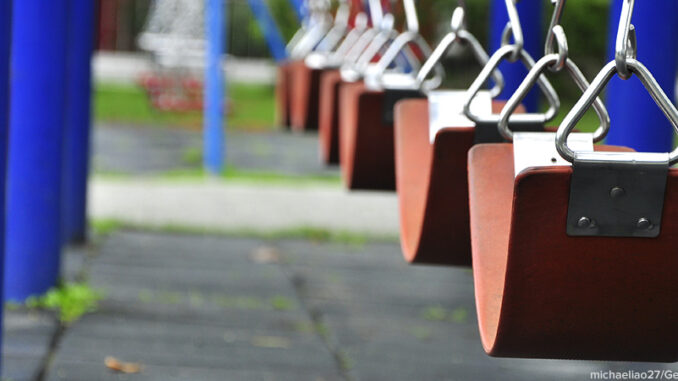
Parks have been around for as long as people have thought to designate some green space for tossing around a ball or spreading out a picnic blanket. With obesity rates on the rise and a continued stress-equals-success attitude, these havens of leisure are more important than ever. A new study conducted by the RAND corporation (the nation’s largest independent health policy research program) and published by the American Journal of Preventive Medicine closely examines the demographics of who is most likely to visit a neighborhood park, what activities they are likely to engage in, the gaps that exist and what might be done to close them.
Who’s There and What are They Doing?
There are more than 108,000 park and recreation departments across the United States, many of them managed by the federal government or local municipalities. Neighborhood parks are considered the “backbone of the system,” typically stretching between 2 and 20 acres in size and aiming to serve residents within a one-mile radius. The folks at RAND are the first to compile research on this scale, that identifies the park system’s impact on the collective physical fitness habits of Americans.

In the summer of 2014, researchers selected 174 neighborhood parks, located in twenty-five major cities (with populations greater than 100,000 people). For one week, they observed general park conditions, use and physical activity. What they found is that parks are in a unique position to support the national recommendations for physical activity (150 minutes a week for adults and 60 minutes a day for children). More than half of the parks were equipped with spacious lawns, at least one play area, and outdoor basketball courts, with nearly half providing baseball fields. Among the other facilities found were other kinds of sports fields, tennis courts, and designated areas for dogs, skateboarding, and fitness.
Opportunities for Improvement
Demographically, the parks observed averaged around 1,533 person-hours of use each week, at an average of 20 users per hour. The study found that significantly less of the aging population and women in general take advantage of the parks (4 percent of park users compared to 20 percent of the general population). Parks located in low-income neighborhoods were also less populated than those located in more affluent areas.
Physical inactivity is a serious health risk, linked to many chronic diseases. The good news is that many of them are highly reversible even with small changes. With aging population higher than it has been in many years, efforts toward awareness is greater than ever. Considering that the cost of maintaining parks across the country is relatively low, researchers suggest that even modest investments in making them more appealing to seniors and females could be very effective.
